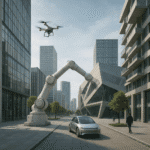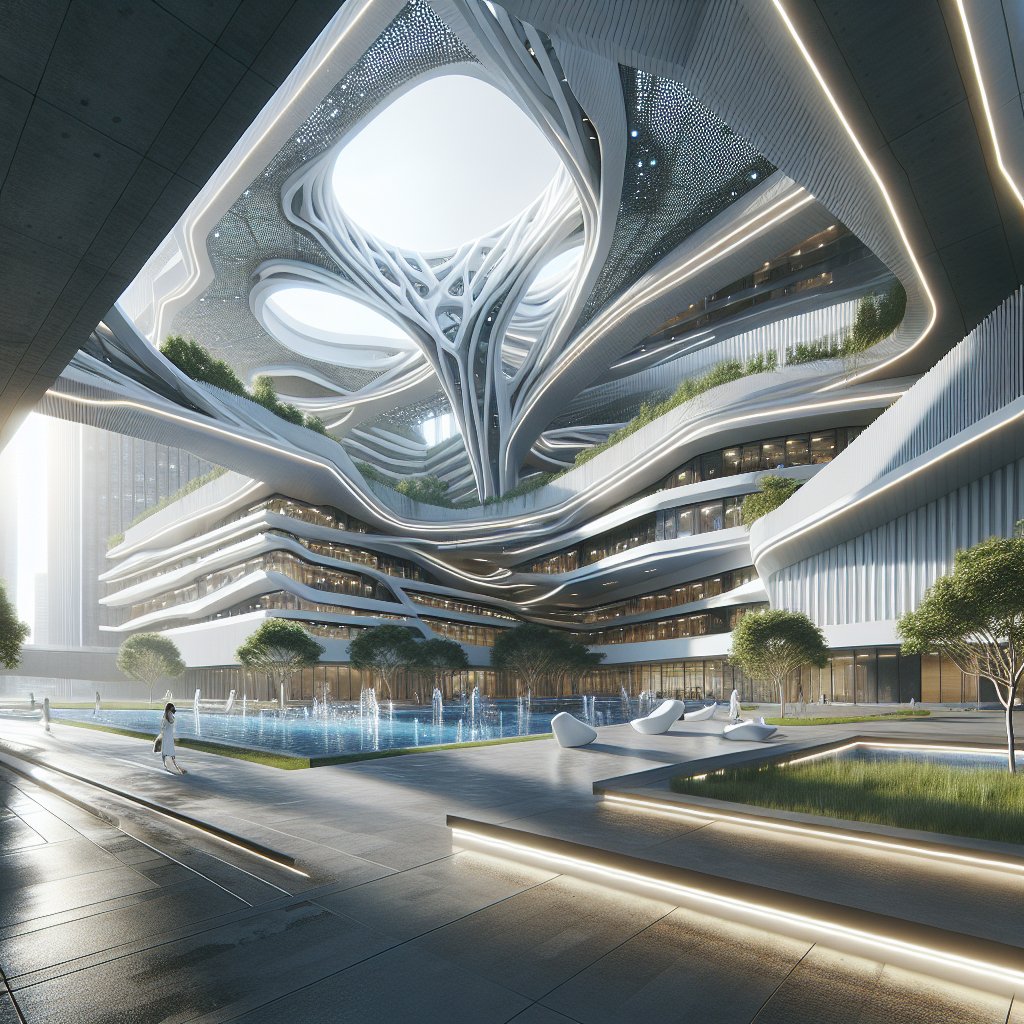Biomimicry in architecture is an innovative approach that draws inspiration from nature to create sustainable and efficient designs. This fascinating field explores how natural forms, processes, and ecosystems can inform and enhance architectural practices, leading to buildings that are not only aesthetically pleasing but also environmentally friendly. By mimicking the strategies and structures found in the natural world, architects are developing solutions that address some of the most pressing challenges of our time, such as climate change, resource scarcity, and urbanization.
The Principles of Biomimicry in Architecture
Biomimicry in architecture is grounded in the idea that nature, with its 3.8 billion years of evolution, has already solved many of the problems that humans face today. By studying and emulating the designs and processes found in the natural world, architects can create buildings that are more efficient, sustainable, and harmonious with their environment. The principles of biomimicry can be applied at various scales, from the design of individual building components to the planning of entire urban ecosystems.
One of the key principles of biomimicry is the concept of form following function. In nature, every structure is optimized for its specific purpose, whether it is the aerodynamic shape of a bird’s wing or the intricate network of a leaf’s veins. Architects can apply this principle by designing buildings that are tailored to their specific functions and environmental conditions. For example, the Eastgate Centre in Harare, Zimbabwe, is a commercial building that uses a passive cooling system inspired by the self-cooling mounds of African termites. By mimicking the termites’ ability to regulate temperature, the building reduces its energy consumption by up to 90% compared to conventional buildings.
Another important principle of biomimicry is the idea of using local resources and minimizing waste. In nature, organisms are highly efficient in their use of materials and energy, often recycling nutrients and resources within their ecosystems. Architects can adopt this principle by using locally sourced materials and designing buildings that generate minimal waste. The Bullitt Center in Seattle, Washington, is an example of a building that embodies this principle. It is constructed using materials sourced from within a 500-mile radius and features a rainwater collection system that supplies all of the building’s water needs.
Case Studies: Biomimicry in Action
Several pioneering projects around the world demonstrate the potential of biomimicry in architecture. These case studies highlight how architects are using nature-inspired designs to create buildings that are not only functional but also environmentally responsible.
The Eden Project, United Kingdom
The Eden Project in Cornwall, UK, is a prime example of biomimicry in architecture. This iconic structure consists of a series of interconnected geodesic domes that house a variety of plant species from different climates. The design of the domes is inspired by the hexagonal patterns found in nature, such as honeycombs and snowflakes. The lightweight and efficient structure allows for maximum light penetration and minimal energy use, creating a controlled environment for the plants inside. The Eden Project serves as a model for sustainable architecture, demonstrating how biomimicry can be used to create spaces that are both beautiful and functional.
The Gherkin, London
The Gherkin, officially known as 30 St Mary Axe, is a skyscraper in London that incorporates biomimicry principles in its design. The building’s distinctive shape is inspired by the Venus flower basket, a type of deep-sea sponge known for its strength and flexibility. The Gherkin’s aerodynamic form reduces wind load and allows for natural ventilation, significantly reducing the building’s energy consumption. The double-skin facade also helps to regulate temperature, further enhancing the building’s energy efficiency. The Gherkin is a testament to how biomimicry can be used to create iconic and sustainable urban landmarks.
The Future of Biomimicry in Architecture
As the world faces increasing environmental challenges, the demand for sustainable and resilient architecture is growing. Biomimicry offers a promising path forward, providing architects with a wealth of inspiration and solutions from the natural world. Advances in technology, such as 3D printing and computational design, are making it easier for architects to incorporate biomimicry into their projects, allowing for more complex and efficient designs.
In the future, we can expect to see more buildings that not only mimic the forms and functions of nature but also integrate seamlessly with their ecosystems. This could include buildings that generate their own energy, purify their own water, and support local biodiversity. By embracing biomimicry, architects have the opportunity to create a built environment that is not only sustainable but also regenerative, contributing positively to the planet and its inhabitants.
In conclusion, biomimicry in architecture represents a paradigm shift in how we approach building design. By learning from nature, architects can create structures that are not only innovative and efficient but also harmonious with the natural world. As we continue to explore the possibilities of biomimicry, we have the potential to transform our cities and communities into thriving, sustainable ecosystems.










